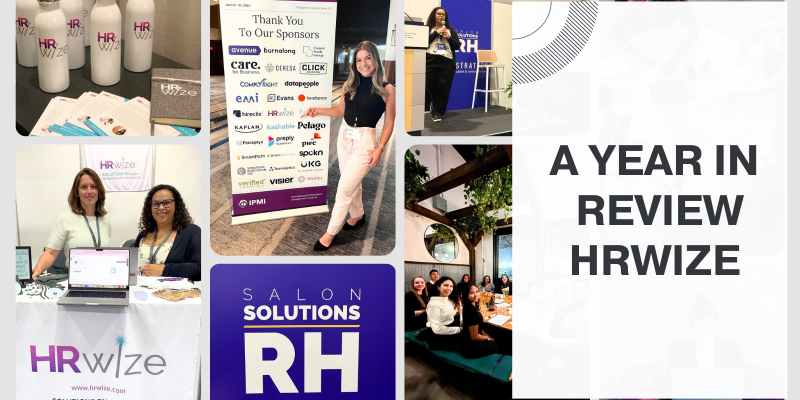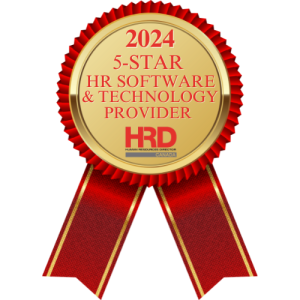The future of work: using technology to build a successful human workplace

The Human Workplace movement is a subject we’ve covered before, and one that’s picking up more of a mainstream following. Even more telling is the recognition now given to the role of technology in the human workplace and within the future of work.
The internet is full of articles about advances in Human Resource Information Systems (HRIS) and what they can do. However, there’s a real lack of hands-on information on how they fit into this idea of the future of work.
Information is King
The more information an organization has on what the Human Workplace movement is and how practices in the modern workplace are changing, the better. Still, what is an organization supposed to do with that information? What steps can they take to adapt to the demand for a more human workplace?
In order to fill the information gap, we are tackling the idea of how technology can be used to create a people-friendly and progressive organizational culture. To do this, we need to focus on the steps to achieve that type of culture:
- Empathize
- Connect with employees’ and look after their emotional and physical wellbeing
- Engage
- Give more frequent and meaningful feedback and interaction
- Elevate
- Provide opportunities for employees to learn and grow
In order to create something that was useful to our readers, we did some research into where Human Resource Departments spent their time. If the future of work is a place of continuous change:
- Resilience and adaptability are needed by both organizations and employees
- A human centric organizational culture supports those needs
- Human Resource departments and leadership should be focusing on both of these elements to achieve sustainability and growth
We surveyed both organizations that use an HRIS and ones that don’t. Human Resource departments with no HRIS are more likely to spend to their time on daily administrative tasks rather than strategic initiatives, such as workplace culture, compared to those that do have an HRIS.
- 92% of respondents who had no HRIS said that their HR teams spends less than 20% of their time on strategic initiatives.
- 65% of respondents with an HRIS said their HR teams spend at least 20% of their time on strategic initiatives.
Additionally, we found that companies with no HRIS were seeking cultural improvement and employee engagement in the same 3 areas where companies with an HRIS most improved their culture and engagement:
- Employee Self-Service
- Recruitment and Onboarding
- Performance Management
The difference in time available to focus on a human workplace in an organization with an HRIS vs. without one was immediately obvious from our survey results. There are a number of ways you can adapt your culture to become more human-focused and we cover all these strategies in our upcoming e-book. Stay tuned for us to shed some light on how technology can help you achieve your Human Workplace goals.
 The true ROI of an HRISBy Briana Della Foresta
The true ROI of an HRISBy Briana Della Foresta A Year in ReviewBy Briana Della Foresta
A Year in ReviewBy Briana Della Foresta Choosing the Right HRIS: A Comprehensive GuideBy Briana Della Foresta
Choosing the Right HRIS: A Comprehensive GuideBy Briana Della Foresta The Impact of Vacation Time on Employee Creativity and InnovationBy Briana Della Foresta
The Impact of Vacation Time on Employee Creativity and InnovationBy Briana Della Foresta The Importance of Employee Vacations for Work-Life Balance By Briana Della Foresta
The Importance of Employee Vacations for Work-Life Balance By Briana Della Foresta Creating a Vacation-Friendly Company CultureBy Briana Della Foresta
Creating a Vacation-Friendly Company CultureBy Briana Della Foresta Strategies for Coping with Working Mom GuiltBy Briana Della Foresta
Strategies for Coping with Working Mom GuiltBy Briana Della Foresta The Importance of Respecting Holy DaysBy Briana Della Foresta
The Importance of Respecting Holy DaysBy Briana Della Foresta What HR Should Know About Candidate Experience?By Briana Della Foresta
What HR Should Know About Candidate Experience?By Briana Della Foresta Do What You Love or Love What You Do?By HRWize
Do What You Love or Love What You Do?By HRWize


